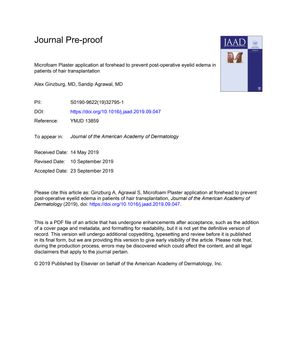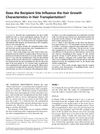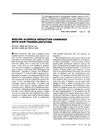Microfoam Plaster Application at Forehead to Prevent Postoperative Eyelid Edema in Patients After Hair Transplantation
September 2019
in “
Journal of The American Academy of Dermatology
”

TLDR Using a microfoam plaster on the forehead helps prevent eyelid swelling after hair transplant surgery.
The article presents a simple solution to prevent post-operative eyelid edema in patients undergoing hair transplantation. The authors describe the use of a microfoam dressing plaster applied to the forehead to counteract the gravitational trickling down of tumescent anesthesia fluid, which can lead to swelling in the forehead and upper eyelids 2-4 days after the procedure. The plaster, made from an elastic adhesive bandage called microfoam, is about 1 cm wide and long enough to cover the forehead and temporal-parietal area after stretching. It is applied 1-2 cm below the hairline immediately after the procedure and is kept in place for 4 days without the need for daily changes. The less stretchable temporal-parietal area serves as an anchor, and the elastic plaster exerts pressure on the forehead skin against the bone, preventing fluid from moving towards the eyelids and thus avoiding edema. Swelling may appear above the plaster after 2-3 days but is absorbed within the next 2-3 days. The microfoam dressing is covered with a skin-colored micropore dressing for aesthetic purposes.

